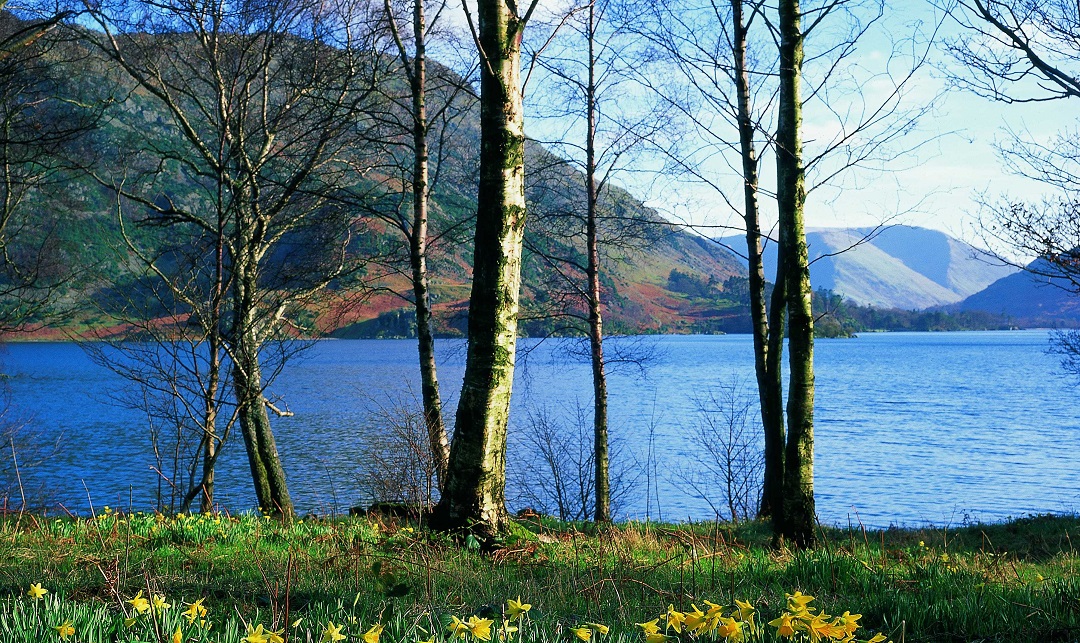
22 February 2022
As we start to shake-off the cold embrace of winter and look towards the longer and (sometimes) brighter days, getting outside during this enchanting time of year can envelop us in the life-bringing energies that spring offers.
It’s easy to overlook some of the minute detail of nature; especially when in the Lake District where it's almost impossible to turn without a stunning backdrop view of vast fells and lakes. It takes active involvement in your surroundings to remind yourself to explore the intricacies that create such a backdrop. Think about the leaves of the tree from afar and how they can often just blend into a haze of green against the myriad of other colours. Yet, each tree, each leaf, can give us insight into its seasonal journey ahead. Which leaves come out first? Is it the ash? Oak? Or maybe hazel? Our ancestors noticed rivalries between the trees racing to burst their buds first. As folklore had it: oak before ash and we’ll have a splash, ash before oak and we’re in for a soak. Fortunately, there is little truth in this lore, as in Cumbria we seem to be continually blessed with the latter. However, the battle between oak and ash leaf is nonetheless a worthy watch.

It’s not just trees that give us signs that we are transitioning into a new season; flowers also give us clues. For instance, humans are not alone in enjoying the rising temperatures, next time you’re outside try using nature’s thermometer to guide your intrigue and look to see if the flowers are beginning to open. The temperature that triggers flowers to open varies between plants but for the delightfully delicate crocus a rise of just 0.2°C will trigger a response. For snowdrops, when temperatures rise to 10°C or above, you may notice the outer petals opening in an attempt to display its nectar. This opening of a flower is the perfect time to light up our senses and use our smell to take a hearty whiff of the sweet aromas that will be attracting nearby insects.
The animal kingdom will also be busily preparing for spring: birds can be seen assembling their nests; whilst frogs surface to spawn and bees emerge from their winter nests, eager for a new year of nectar collecting. Can you hear the sounds of spring coming? Let the cacophony of chirps and tweets from the morning chorus engage your ears, see if you can distinguish the tune of a blue tit or robin.

The signs of spring are appearing everywhere, if we just slow down to look and listen, we can invigorate our senses with the sights, sounds and smells of new life. And the best part is that nature’s journey is continuous and, once we are familiar with one part of nature’s calendar, we can use it to start to understand others.
School groups are invited to step into spring at Brockhole-on-Windermere with the new Explore and Restore nature days, part of the Green Recovery Challenge Fund. Get involved as we restore habitats, protect nature and discover wildlife across the beautiful 30 acres of Brockhole grounds.